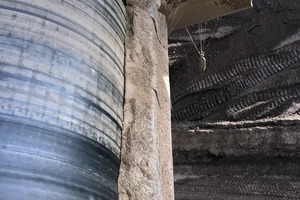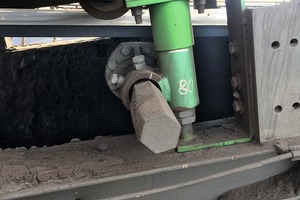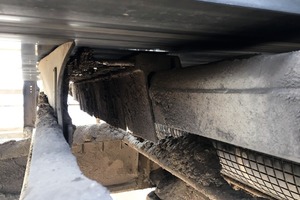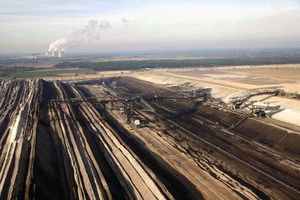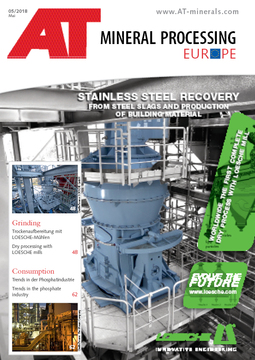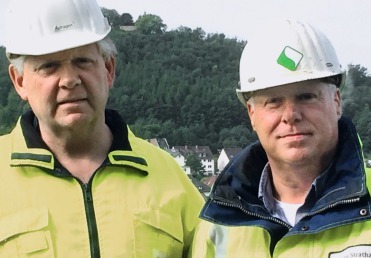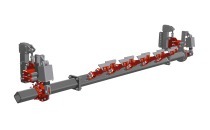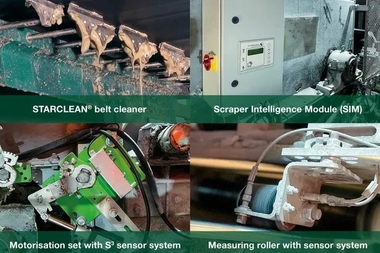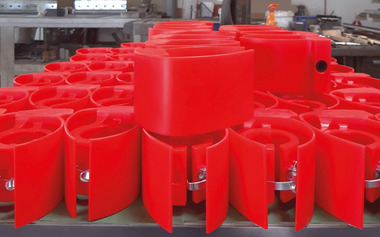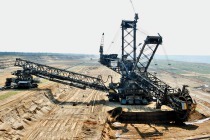High belt speeds: a challenge for scrapers
The maximum hourly load is a prodigious 34 000 m³, according to Peter Hobracht. The 57-year old is responsible for heavy machinery maintenance at the Jänschwalde opencast mine near Cottbus, south of Berlin. He also has to look after the AFB F60/34, one of the conveyor bridges. Once a year, “all bridges stop running”, he says. The time is used for major maintenance and repair work. This time, primary and secondary belt scrapers also had to be renewed or replaced. Since the belts are not only hundreds of metres long and up to 3 m wide but also run at very high speeds of up to 10 m/s, the demand for cleaning efficiency, ease of servicing and durability were high. As Hobracht knows, high speeds are “extremely challenging for scrapers”.
The main No. 5 conveyor belt alone reaches a speed of 9 m/s. Cleaning efficiency is often visibly reduced at such speeds and scraper wear and tear greatly increased. “With Schulte Strathaus and their Starclean scrapers we have found another manufacturer who can supply our particular needs”, says Hobracht. Both cleaning efficiency and ease of servicing were considered “exemplary in practice”.
As Franz Hering, in charge of distribution in East Germany for Schulte Strathaus, explained, thanks to the use of individual blades the scrapers automatically adapt to the conveyed material and the belt. The automatic torsion tensioning device ensures that the segments always operate with the correct tension. Manual adjustment is unnecessary. The same principle applies to the secondary belt scrapers. Here too the individual carbide segments with polyurethane snap-on feet adapt to the belt in optimal fashion. In addition, their position ensures belt cleaning with reduced wear. Installation and maintenance are relatively simple thanks to the snap-on system. As Hering says, “the replacement of worn-out parts in a different scraper system with bolted-on elements would be considerably more complicated”.
//www.starclean-solutions.de" target="_blank" >www.starclean-solutions.de:www.starclean-solutions.de

